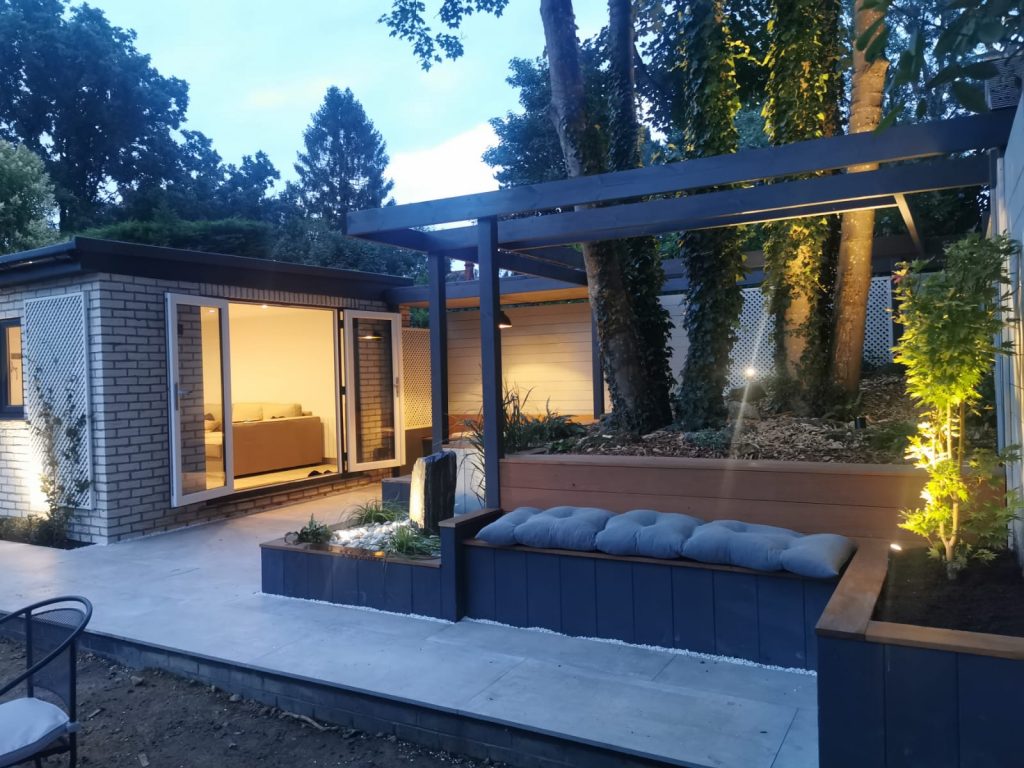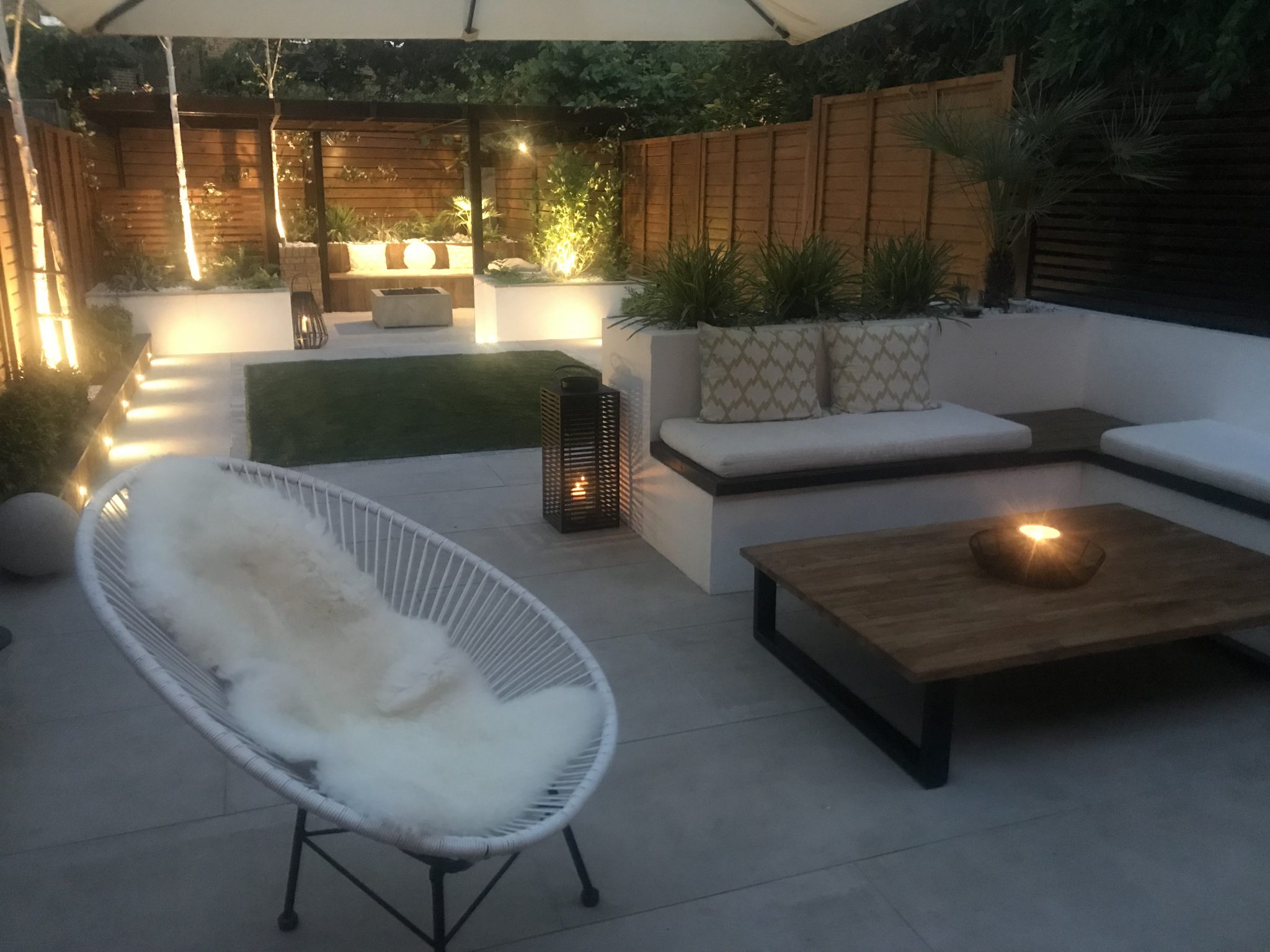How to Make an Experience Garden with Lots of Features
Introduction to Garden Design
- Start by assessing your outdoor space and determining the style you want to achieve with your garden design. Observe how the sun moves across your garden throughout the day to optimise the placement of plants, seating, and other features. Mapping sun exposure and identifying shaded areas will help you create comfortable and functional spaces.
- Consider the natural world and how you can incorporate elements that attract wildlife and promote well-being. For example, adding a shaded area with a pergola or gazebo can provide shelter from the sun and create a relaxing spot for outdoor dining or entertaining.
- Think about the endless possibilities for transforming your back garden into various functional spaces, such as a Mediterranean retreat, outdoor bar, or cosy reading nook. Creating distinct spaces will improve flow, functionality, and the overall aesthetic appeal of your garden.
- Look for inspiration online or in gardening books to get creative ideas for your garden.
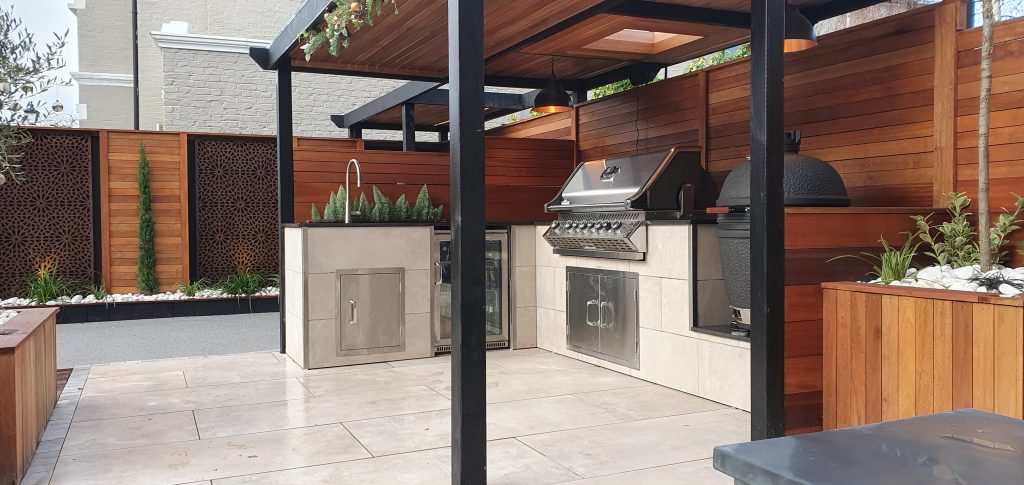
Assessing Your Space
Before you dive into garden design, take time to thoroughly assess your outdoor space. Start by observing the size and shape of your garden, noting how much sunlight and shade different areas receive throughout the day. This will help you decide where to place key garden features, such as water features, a fire pit, or a cosy seating area. Look at existing elements like trees, shrubs, or any established water feature, and think about how you can incorporate them into your new design to create a harmonious look.
Measuring your garden and sketching out the space can be incredibly helpful for visualising your ideas. Consider how people will move through your garden—creating pathways and zones can help guide the flow of traffic and make the space feel more inviting. Think about the different zones you might want, such as a shaded seating area for relaxing, a sunny spot for planting, or a play area for children. As you plan, consider the types of plants that will thrive in each area, and how you can use them to add colour, texture, and interest. Don’t forget to factor in garden ornaments or features like a fire pit or water feature to enhance the overall atmosphere. Careful assessment at this stage will set the foundation for a garden that is both beautiful and functional.
Budgeting and Planning
A successful garden starts with smart budgeting and thoughtful planning. Begin by deciding how much you want to invest in your garden design, and prioritize your spending based on what matters most to you—whether that’s a stunning water feature, unique garden features, or a lush variety of plants. Research the costs of different elements, from garden lighting and statues to the plants and materials you’ll need for planting and building.
Sketch out your garden’s design, including the zones and features you want to include, and make a list of all the materials and supplies required. Don’t forget to factor in the cost of hiring professionals if you need help with installation or design. It’s also important to consider ongoing maintenance costs, such as watering, pruning, and fertilising, to keep your garden looking its best year-round. Investing in quality materials and well-chosen plants can pay off in the long run, potentially increasing your property’s value and reducing the need for frequent replacements. With careful budgeting and planning, you can create a garden that fits your vision and your budget, ensuring a beautiful and functional outdoor space for years to come.
Garden Style and Theme
Choosing a garden style and theme is a chance to express your personality and complement your home’s architecture. Whether you’re drawn to the relaxed charm of a cottage garden, the clean lines of modern gardens, or a more traditional look, your choice will guide every aspect of your garden’s design. Think about the types of plants and flowers that will best suit your chosen style—lush, informal planting for a cottage garden, or structured, minimal arrangements for a modern space.
Enhance your theme with carefully selected garden features, such as a tranquil water feature or a striking statue, and use a consistent colour scheme to tie everything together. Consider the textures and materials you want to incorporate, from natural stone and wood to sleek metal accents. Lighting also plays a key role; string lights or solar-powered lanterns can add a magical touch to any style. Don’t forget about garden furniture—choose pieces that fit your theme, whether it’s a rustic seating area or a contemporary dining table. By thoughtfully selecting your garden’s style and theme, you’ll create a cohesive outdoor area that’s perfect for relaxing, entertaining, and enjoying the beauty of your own garden.
Planning Your Garden Layout
- Begin by creating a rough sketch of your garden’s design, including the location of existing features like trees and shrubs, and consider how to enhance the garden’s design for maximum visual appeal.
- Decide on the overall theme and style of your garden, such as a cottage garden or modern garden.
- Consider the flow of traffic through your garden and create a clear path using paving stones or stepping stones to boost visual appeal.
- Think about how you can create zones in your garden, such as a seating area or dining table, to enhance the overall garden feel.
Layout strategies may differ for a small garden versus a large garden, but both can be optimised for functionality and visual appeal through thoughtful garden design.
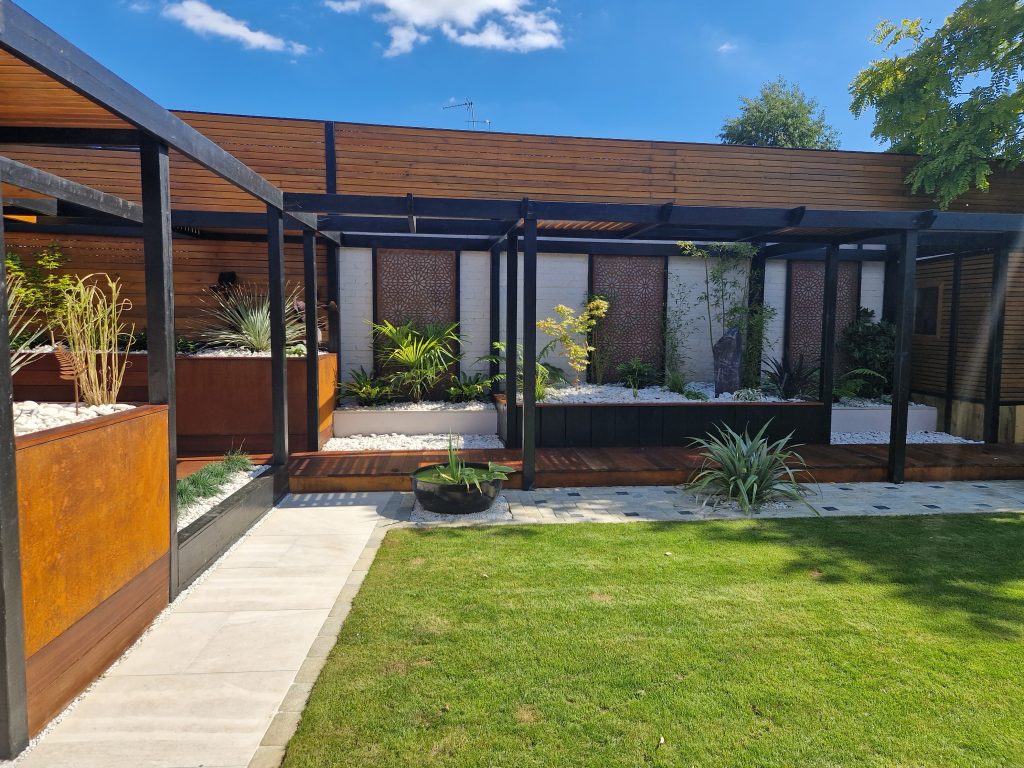
Creating a Garden Path
- Choose a material for your garden path that complements your garden’s design, such as gravel or brick.
- Consider adding fairy lights or other decorative elements to your garden path to add visual interest and interest to the space.
- Use garden paths to guide visitors through your garden, create a sense of discovery, and lead to focal points within the garden.
- Incorporate low-growing plants or hanging baskets along your garden path to add colour and texture; these elements can serve as attractive features in their own right.
Selecting Garden Furniture
- Select garden furniture that is comfortable and durable, and that fits with your overall garden design. A well-designed patio can serve as a central feature for social gatherings and relaxation.
- Consider the style and material of your furniture, such as wicker or metal, and how it will withstand the elements.
- Think about the functionality of your furniture, such as whether you need a dining table or a seating area. The right furniture can help you entertain friends in your garden.
- Look for furniture that is low maintenance and easy to clean, such as furniture with cushions that can be removed and washed. Comfortable furniture encourages you to relax and enjoy your outdoor space.
Adding Garden Features
Use garden features, such as a fire pit or seating area, to create a focal point in your garden and draw visitors in.
Consider adding a garden feature, such as a pond or fountain, which creates a peaceful and calming atmosphere. Including water lilies in your pond can enhance the beauty and attract wildlife.
Raised planters and raised beds are excellent for organised, low-maintenance gardening, especially in small or urban gardens. Raised beds can be a game changer for accessibility and comfort, making gardening easier for everyone.
Incorporate bedding plants for seasonal colour and visual appeal, and group plants together in large pots or raised planters for a striking display and easier care.
Protect delicate plants by using pathways or hedges, and use arches or arbours to support climbing plants like wisteria or jasmine, adding height and structure.
Choose features that require minimal effort to maintain, such as simple lighting or structural elements, for quick and lasting impact.
When selecting a new plant, consider a variety of colours to enhance your garden’s aesthetics and create vibrant contrasts.
If you have a sprawling garden, zone different areas with features like a lawn, entertainment spaces, or vegetable patches for a functional and visually pleasing layout.
Adding a garden bar or outdoor kitchen can have a positive impact on your well-being and enjoyment of the space.
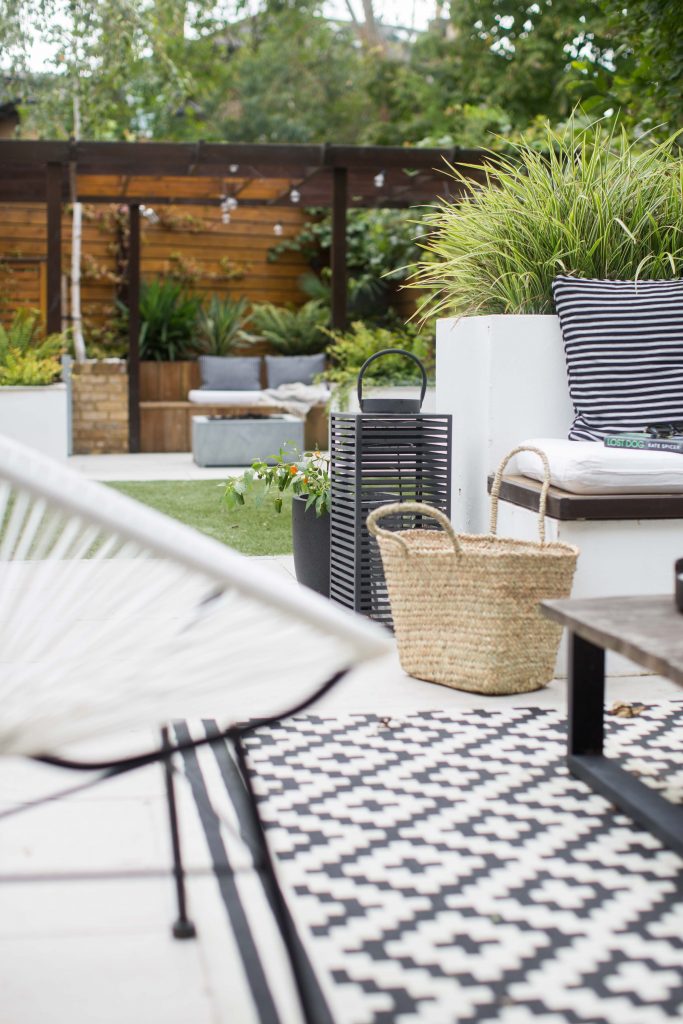
Fire Pit and Seating Area
Adding a fire pit and seating area can transform your garden into a warm and welcoming retreat, perfect for entertaining friends or relaxing on cool summer evenings. Start by choosing the ideal location—somewhere that feels inviting and safe, with enough space for comfortable seating around the fire pit. Materials like stone, brick, or metal can be used to create a fire pit that suits your garden’s design and adds a striking focal point.
When planning your seating area, think about the types of furniture that will best suit your needs, from benches and chairs to a cosy outdoor sofa. Enhance the comfort and style with cushions, throws, or an outdoor rug, and consider adding garden lighting such as string lights or lanterns to create a magical atmosphere after dark. A fire pit isn’t just for warmth—it’s a gathering spot for roasting marshmallows, sharing stories, or simply unwinding at the end of the day. Make sure to include safety features like a fire screen or spark guard, and factor in the cost of fuel and maintenance to keep your fire pit in top condition. With a thoughtfully designed fire pit and seating area, your garden will become the go-to space for memorable moments all year round.
Installing Garden Lighting
- Consider the overall effect you want to achieve with your garden lighting, such as creating a warm and welcoming ambience.
- Choose lights that are energy efficient and easy to install, such as solar-powered lights.
- Think about the placement of your lights, such as along garden paths or around seating areas.
- Use lights to highlight specific features, such as a water feature or statue, and create a sense of drama.
Designing a Living Wall
- Decide on the location and design of your living wall, considering factors such as sunlight and shade.
- Living walls are an excellent way to maximise greenery in a small space.
- Choose plants that are well-suited to a living wall, such as succulents or ferns.
- Consider the maintenance requirements of your living wall, such as watering and pruning.
- Think about the overall effect you want to achieve with your living wall, such as creating a sense of height or adding visual interest.
Creating a Focal Point
- Decide on the location and design of your focal point, considering factors such as sunlight and shade.
- Choose a feature that is visually striking, such as a statue or water feature.
- Think about the overall effect you want to achieve with your focal point, such as creating a sense of drama or drawing visitors in.
- Use plants and other decorative elements to enhance your focal point and create a sense of depth.
Utilising Garden Features
- Consider how you can use your garden features to enhance your outdoor living experience, such as hosting dinner parties or relaxing in a peaceful atmosphere.
- Think about how you can incorporate your garden features into your daily routine, such as enjoying a cup of coffee in a seating area.
- Use your garden features to create a sense of connection to nature and promote well-being.
- Incorporate elements that attract wildlife, such as bird feeders or plants that provide nectar, to enhance the overall biodiversity of your garden.
A good garden balances visual appeal with practical benefits, ensuring it remains enjoyable and functional throughout the year.
Finalising Your Garden Design
- Review your overall garden’s design and features, and make any necessary adjustments.
- Consider the maintenance requirements of your garden and make sure you have a plan in place for upkeep.
- Think about the overall effect you want to achieve with your garden, such as creating a peaceful retreat or enhancing your outdoor living experience.
- Incorporate elements that promote well-being and connection to nature, such as plants or a water feature.
